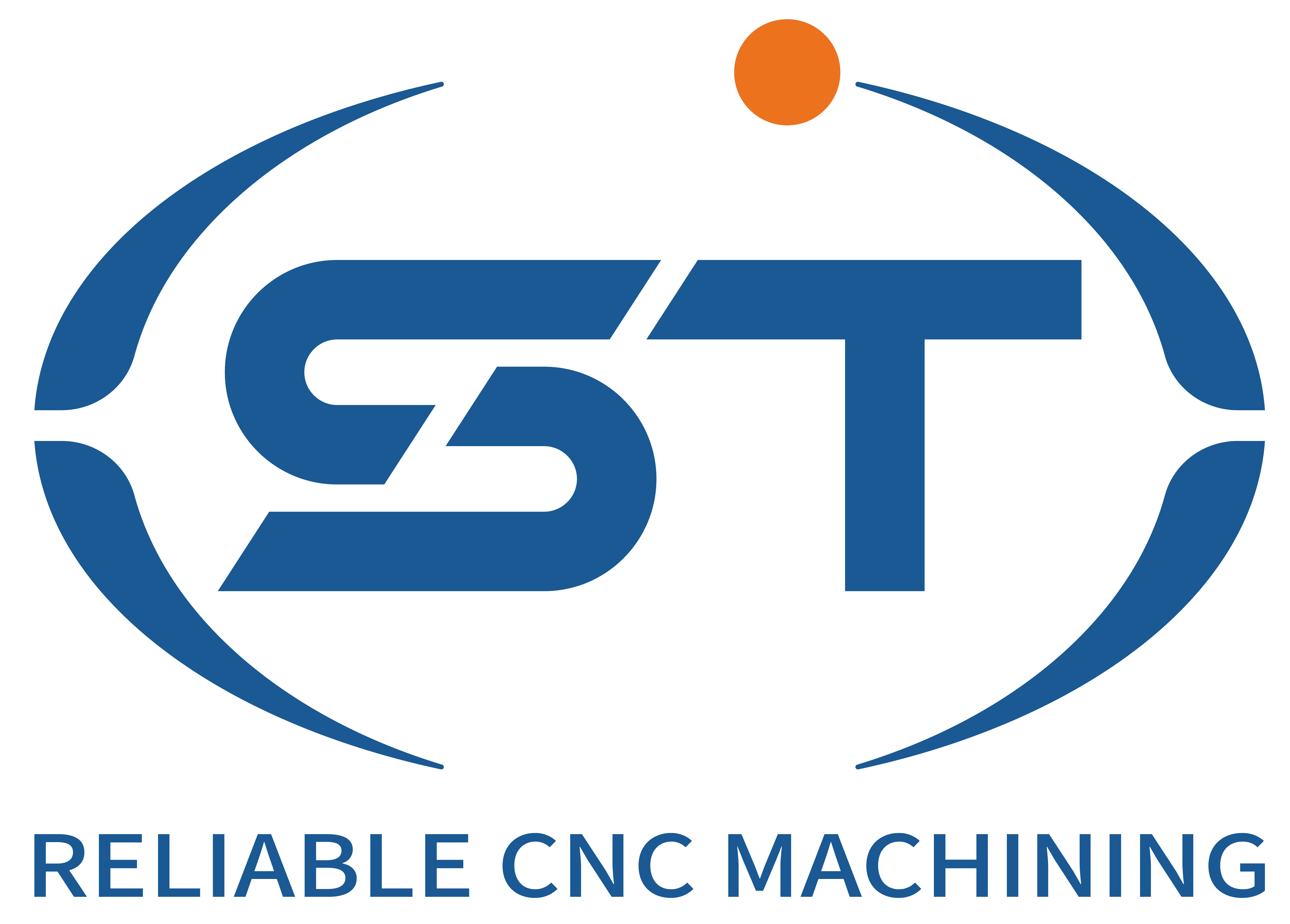Содержание
ПереключениеUnderstanding 5-Axis Machining
5-axis machining represents a significant advancement in the field of precision manufacturing, distinguishing itself from traditional 3-axis machining by offering a higher degree of flexibility and capability. In a standard 3-axis machine, tools can move along the X, Y, and Z linear axes—allowing for movement in three dimensions. However, 5-axis machining incorporates two additional rotational axes, typically referred to as A and B axes. This added functionality enables the workpiece to be positioned in virtually any orientation relative to the cutting tool, resulting in enhanced access to complex surfaces.
The mechanics of a 5-axis machine allow it to manipulate not only the position of the cutting tool but also the angle at which it engages the material, providing the ability to manufacture intricate geometries that may prove difficult or impossible with 3-axis systems. This capability is particularly beneficial for the production of complex components in aerospace, automotive, and medical industries, where precision and intricate designs are frequently required. With a 5-axis machine, manufacturers can perform multiple operations, such as milling, drilling, and grinding, within a single setup, reducing the need for part repositioning and secondary operations.
The versatility of 5-axis machining also contributes to improved surface finish and greater dimensional accuracy. When a component is machined in a single setup, the chances of errors related to misalignment are minimized, leading to a more reliable manufacturing process. As a result, manufacturers can expect not only time savings but also a reduction in material waste and an increase in overall production efficiency. Thus, understanding the mechanics behind 5-axis machining lays a solid foundation for appreciating its time-saving benefits in the contemporary manufacturing landscape.
Time Efficiency with 5-Axis Machining
5-axis machining revolutionizes the manufacturing landscape, particularly in enhancing time efficiency. One of the most significant advantages this technology offers is the reduction in setup time, a critical factor in any manufacturing process. Traditional machining methods often necessitate multiple setups to reach all required surfaces of a part. In contrast, 5-axis machining enables manufacturers to complete complex geometries, including intricate curves and angles, in a single setup. This drastically minimizes the time spent transitioning between different operations.
Moreover, the ability to machine multiple surfaces in one continuous process streamlines production schedules. By reducing the need for repositioning parts or changing setups, manufacturers can maintain a steady workflow. This leads to quicker turnaround times, ensuring that projects are completed not only faster but also with enhanced accuracy. When parts can be machined efficiently without unnecessary delays, the overall production speed increases dramatically, allowing businesses to respond to market demands with agility.
Another aspect of time efficiency lies in the reduction of tool changes required during the machining process. In traditional setups, changing tools frequently can lead to significant downtime as operators adjust machinery and ensure calibration. With 5-axis machining, the capacity to employ a single tool for various tasks reduces the need for frequent tool changes. This consolidation not only saves valuable time but also minimizes the risk of errors associated with switching tools, resulting in higher quality outputs.
Ultimately, these factors contribute to improved production speed and efficiency in the machining process. This efficiency not only benefits manufacturers in terms of time saved but also leads to potential cost reductions. By streamlining operations and enhancing productivity, 5-axis machining positions manufacturers for greater performance in today’s competitive market.
Real-World Applications and Case Studies
5-axis machining has found its place across various industries, demonstrating significant time savings and enhanced precision in numerous applications. The aerospace sector, for instance, heavily relies on the intricate geometries required for aircraft parts. Components such as turbine housings and airframe structures benefit immensely from 5-axis technology. Manufacturers report that the ability to machine complex shapes in a single setup reduces cycle times dramatically. For example, a case study from a leading aerospace manufacturer revealed a 30% reduction in production time for a critical engine part, allowing for quicker response to market demands.
In the automotive industry, 5-axis machining also plays a crucial role in producing high-tolerance components, such as engine blocks and transmission housings. A prominent automotive plant implemented a 5-axis CNC machine to create intricate mold components. The result was a noticeable decrease in machining time and a reduction in waste material. Testimonials from engineers highlighted that the dual benefits of improved accuracy and faster turnaround times enabled the plant to meet tight production schedules without compromising on quality.
The medical sector increasingly utilizes 5-axis machining to create precision components for surgical instruments and implants. A notable case involved a manufacturer of orthopedic devices who adopted 5-axis technology to produce custom implants. By transitioning to 5-axis machining, they saw a remarkable 40% decrease in manufacturing time while simultaneously elevating the quality and precision of their products. This has resulted not only in cost savings but also in a higher satisfaction level among healthcare providers due to the improved reliability of devices.
These examples underscore the practicality of 5-axis machining across multiple sectors. Manufacturers consistently report increased efficiency, minimal downtime, and enhanced capabilities when adopting this advanced technology. The compelling case for 5-axis machining reveals a clear trend: industries that embrace this technology position themselves for growth and elevate their competitive edge in today’s fast-paced market.
Future of 5-Axis Machining in Manufacturing
The future of 5-axis machining in the manufacturing sector presents numerous opportunities and challenges that will likely shape the landscape of precision manufacturing. As technology continues to advance, emerging trends such as automation and the integration of Computer-Aided Design and Computer-Aided Manufacturing (CAD/CAM) software will play a significant role in enhancing the capabilities and efficiency of 5-axis machining systems. These advancements are poised to revolutionize how manufacturers approach complex machining tasks, allowing for faster production times and improved accuracy in component creation.
Automation is one of the key factors driving the future of 5-axis machining. Automated processes can increase production efficiency by minimizing human intervention, reducing errors, and enabling continuous operation. The integration of robotics into 5-axis machining systems will streamline workflows and enhance flexibility, allowing manufacturers to quickly adjust to changing production demands. This level of adaptability is crucial in today’s fast-paced market, where the ability to produce custom parts on demand can provide a significant competitive advantage.
Additionally, advancements in CAD/CAM software are facilitating more streamlined workflows in the design and manufacturing processes. These software tools allow for more precise programming of 5-axis machining operations, reducing the time spent on setup and improving overall efficiency. Manufacturers that leverage these technological trends can better optimize their manufacturing processes, resulting in faster lead times and reduced costs.
However, as with any technological advancement, challenges will arise. Manufacturers will need to invest in training and upskilling their workforce to adapt to these new systems effectively. Furthermore, while the initial investment in advanced 5-axis machines and software can be high, the long-term benefits often outweigh these costs, leading to improved productivity and profitability. By embracing these emerging trends and addressing potential hurdles, manufacturers can position themselves to thrive in an increasingly competitive landscape.




